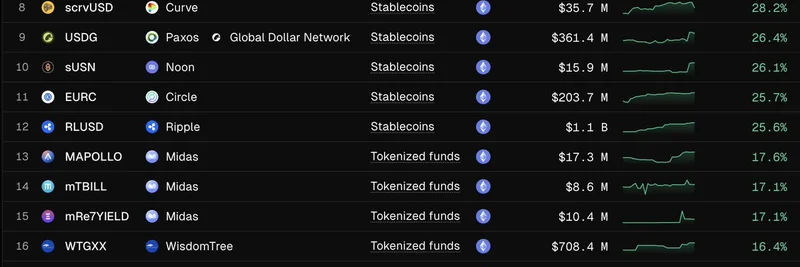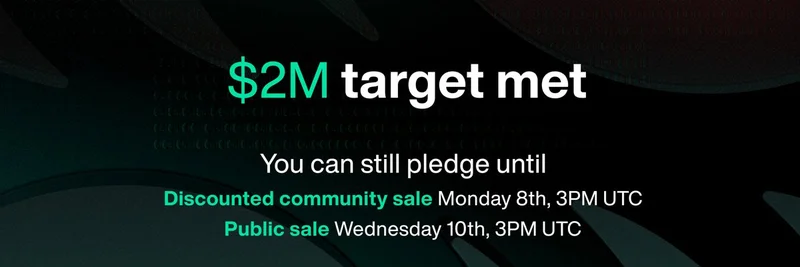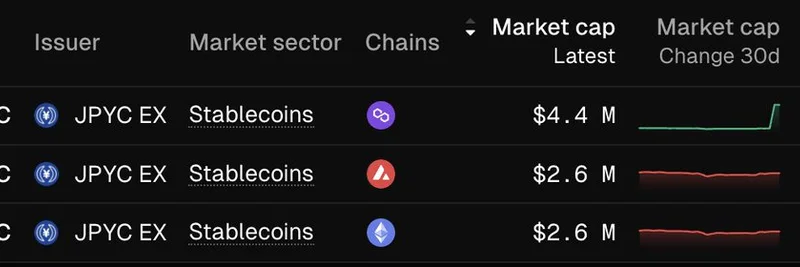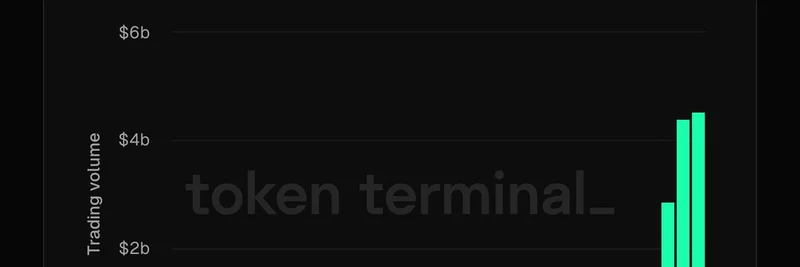Hey there, crypto enthusiasts and blockchain buffs! If you’ve been scrolling through X lately, you might have stumbled upon a detailed thread by MartyParty that’s got everyone talking. Posted on July 1, 2025, this thread dives deep into the "Big Beautiful Bill" and its potential to shake up the US economy, debt levels, and even the crypto market. As a former editor-in-chief of CoinDesk now writing for Meme Insider, I’m here to break it down for you in a way that’s easy to digest—while keeping an eye on how this could impact meme tokens and blockchain tech.
What’s the Big Beautiful Bill All About?
The thread kicks off with some hefty numbers: the Big Beautiful Bill is expected to add $3.3 trillion to the US deficit and raise the debt ceiling by $5 trillion, pushing the national debt to a whopping $42 trillion. That’s a lot of zeros! This move involves the US Treasury issuing new securities, which investors—like banks, foreign governments, and even stablecoin issuers—will buy. The money raised will fund government operations, stimulus, or other spending. But here’s the kicker: this could weaken the US dollar’s purchasing power and spark inflation.
MartyParty points out that this process has already started. Gold has hit new all-time highs against major currencies, and liquidity is rising globally. This could be a green light for assets like Bitcoin and other Layer 1 blockchain tokens (especially those tied to stablecoins) to soar. Quality stocks might also see a boost as all this new money floods the system.
How Does This Work?
Let’s break it down step by step:
- Treasury Auctions: The US Treasury will borrow up to $5 trillion by issuing securities, managed with help from the Federal Reserve Bank of New York. Investors snap these up, giving the Treasury cash to spend.
- Fed’s Role: The Federal Reserve might step in to buy these securities through a process called Quantitative Easing (QE). This “money printing” injects liquidity into banks, increasing the money supply. For example, if the Fed buys $5 billion in securities, it creates $5 billion in new reserves.
- Money in Motion: When the Treasury spends this borrowed cash—say, on infrastructure or social programs—the money flows into the economy. This can grow the M2 money supply by up to 8.6% over a few years, depending on economic conditions.
But here’s the catch: the Fed isn’t required to buy this debt. If investors lose interest or interest rates climb too high, the Fed might intervene to stabilize things. This could lead to inflation if too much liquidity floods the market.
Inflation and Crypto: The Connection
So, why should crypto fans care? MartyParty suggests that a weaker dollar and rising inflation could make cryptocurrencies like Bitcoin a hot commodity. As a hedge against inflation, Bitcoin and other tokens might hit new highs. The thread also hints at alternative mechanisms, like the Treasury issuing stablecoins backed by Treasury bonds (pending legislative changes like the "Genius Act"). This could blur the lines between traditional finance and decentralized systems, potentially boosting meme tokens tied to stablecoin ecosystems.
Risks to Watch
It’s not all smooth sailing. The Treasury needs to find buyers for $5 trillion in new debt. If demand falters, interest rates could spike, raising borrowing costs. There’s also the risk of intentional currency debasement (lowering the dollar’s value to shrink debt), though that’s a risky move with big economic downsides.
What Does This Mean for Meme Tokens?
At Meme Insider, we’re always on the lookout for how macro trends affect meme tokens. If liquidity surges and inflation rises, tokens with strong communities or utility (like those linked to stablecoins or DeFi) could see a pump. However, volatility is a given—especially if the Fed tightens policy to curb inflation. Keep an eye on projects that adapt to these shifts, as they might ride the wave of this economic experiment.
Final Thoughts
MartyParty’s thread paints a complex picture of the Big Beautiful Bill’s impact, blending traditional finance with crypto opportunities. While the US debt hits $42 trillion and inflation looms, assets like Bitcoin and meme tokens could thrive—or stumble—depending on how this plays out. Stay informed, dive into the Meme Insider knowledge base for more, and let’s navigate this wild financial ride together!
Got questions? Drop them in the comments, and I’ll do my best to clarify. Happy investing, and may your bags moon responsibly!




